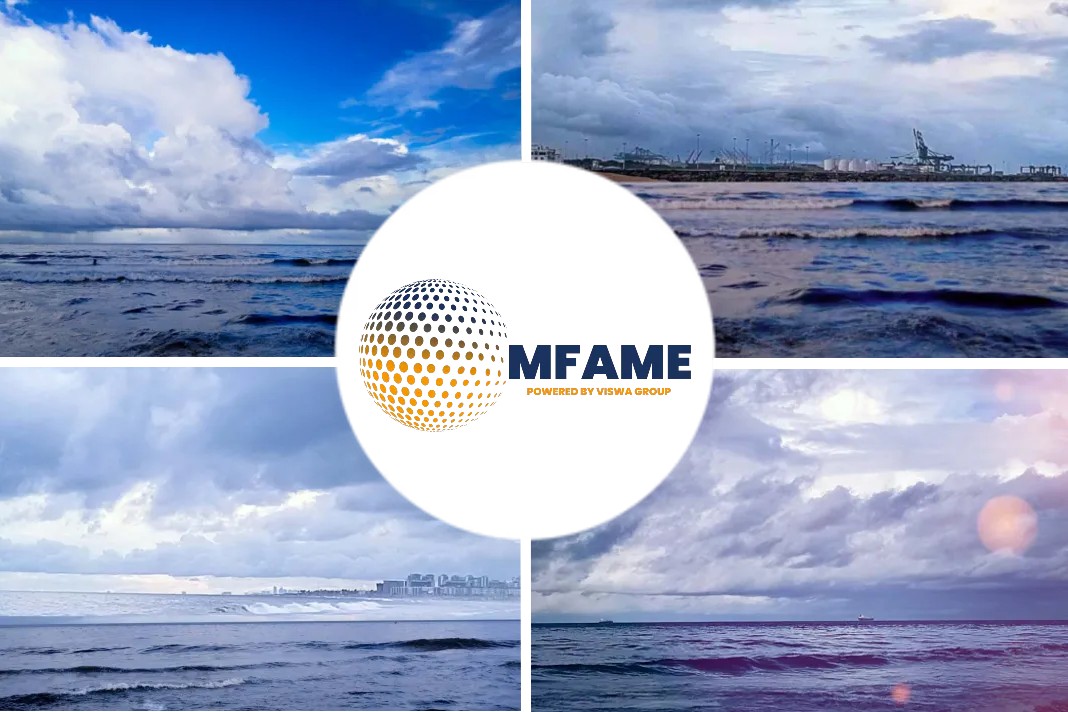Methanol has a leg up on ammonia in engine readiness for very large crude carriers (VLCCs). Two-stroke dual-fuel methanol engines have already hit the market, while the first ammonia engine for a VLCC could be launched by Wartsila in 2025 at the earliest.
Ships require purpose-built engines to run on alternative marine fuels like ammonia and methanol. Engine components, piping and control systems need to be modified depending on the fuel type. In response, engine manufacturers like Winterthur Gas & Diesel (WinGD), Wärtsilä, MAN Energy Solutions (MAN ES) and Rolls-Royce are developing internal combustion engines specifically tailored to run on ammonia or methanol.
However, engine sizes vary depending on vessel types and sizes. Methanol- and ammonia-fuelled engines are already available for container ships, but not for very large crude carriers (VLCCs), which are oil tankers with capacities of 300,000-320,000 dwt.
Marine engine manufacturers MAN ES and Wärtsilä have talked to ENGINE and shared insights into what it takes to develop and build methanol- and ammonia-fuelled engines for VLCCs.
Methanol in the lead…
Among the low-emission alternative fuels that can power VLCCs, methanol comes out on top.
Dual-fuel methanol-powered engines are already available for VLCCs, said MAN ES’ technical promotion manager Rasmus Holm Bidstrup. “We design our engines according to the demand we see in the market, and we see a big demand for G80-LGIM engines which are applicable for 5-10.000 TEU container vessels, VLCCs and VLOCs [very large ore carriers],” he added.
However, he stressed that MAN ES does not currently have any orders for VLCCs with methanol-fuelled engines.
Meanwhile, Sangram Nanda, general manager of product management and engineering at Wärtsilä told ENGINE that “VLCCs in service powered by Wärtsilä/WinGD low-speed 2-stroke engines will have a methanol retrofit solution available end of 2024.”
but ammonia could be around the corner
On the flip side, while both MAN ES and Wärtsilä are developing ammonia- concepts for VLCC engines, neither has announced commercial release dates, maintaining the air of mystery around ammonia to power large crude carriers.
Wärtsilä is working on a project called “Ammonia 2-4” along with classification society DNV, Mediterranean Shipping Company and the National Research Council of Italy. The project partners are developing a lab-based demonstrator for two-stroke marine engines running on ammonia fuel. The lab-based test engine will be followed by a vessel retrofit for the two-stroke version by 2025.
Wärtsilä Marine Power’s director of sustainable fuels and decarbonisation, Mikael Wideskog confirmed that “the first field trials with ammonia are planned on a large container vessel for first quarter of 2025.”
While MAN ES could not share the exact timeline of the ammonia-fuelled engine’s commercial launch, Bidstrup did disclose that “the first MAN B&W two-stroke ammonia-fuelled engine will be a 60 cm-bore engine, which is not applicable for VLCCs,” adding that “the second ammonia engine bore size will be announced once the first commercial 60 cm-bore ammonia engine design has been tested and verified in 2024.”
MAN ES is also part of a project called the Castor Initiative with Singapore-based shipping company AET Tankers. This project aims to launch dual-fuel ammonia VLCCs into the market by late 2025 and early 2026.
Lack of demand = lack of supply
In both cases, the engine manufacturers argued that lacking demand has been a significant factor in holding back the commercial availability of methanol and ammonia engines for large ships like VLCCs.
The German engine-maker is currently not seeing “a big demand” for methanol-powered VLCCs, said Bidstrup, adding that today’s demand for methanol-powered tankers is focussed around medium-range (MR) and long-range 1 (LR1) tankers.
MR tankers transport refined petroleum products over “relatively shorter distances” and can carry 190,000-345,000 bbls of motor gasoline, according to the US Energy Information Administration (EIA). LR1 class ships carry both refined products and crude oil over long distances. They can transport 345,000-615,000 bbls of gasoline or 310,000-550,000 bbls of light sweet crude oil.
“The first 80-bore methanol engines will go into operation in 2025, however, our G95-methanol engines will enter service already in Q1 [first quarter] of 2024. As such, we will obtain important service experience from that engine before the 80-bore variants enter service,” noted Bidstrup.
Meanwhile, Wärtsilä’s Nanda forecast demand for methanol-powered engines for VLCCs and other large product tankers to “pick up from 2025.”
One size does not fit all
VLCCs have very different engines than container ships – they are typically powered by large two-stroke engines which typically are “820 mm [82 cm] bore low-speed engines,” explained Wärtsilä’s Wideskog.
Adding to that, MAN ES’ Bidstrup emphasised that the bore size of an engine is “the diameter of the piston measured in cm. They offer different outputs and rpm [revolutions-per-minute] ranges, and each bore size is applicable for specific vessel types and sizes.”
While engine specifications differ, developing engines for specific bore variants – or vessels – is not necessarily a herculean task for engine manufacturers. The only thing standing in the way is market demand for each engine.
Bidstrup explained that their new dual-fuel engines are designed to be applied across the vast majority of bore sizes but “the design of a specific dual-fuel type in a specific bore-size is subject to the market potential for each of these bore sizes.”
“When retrofitting, the engine will be converted into a dual fuel engine and there the cost and time consumption of the engine part of the retrofit will be lower if an exact similar version is already tried and tested,” he concluded.
Did you subscribe to our daily newsletter?
It’s Free! Click here to Subscribe!
Source: Manifold Times























